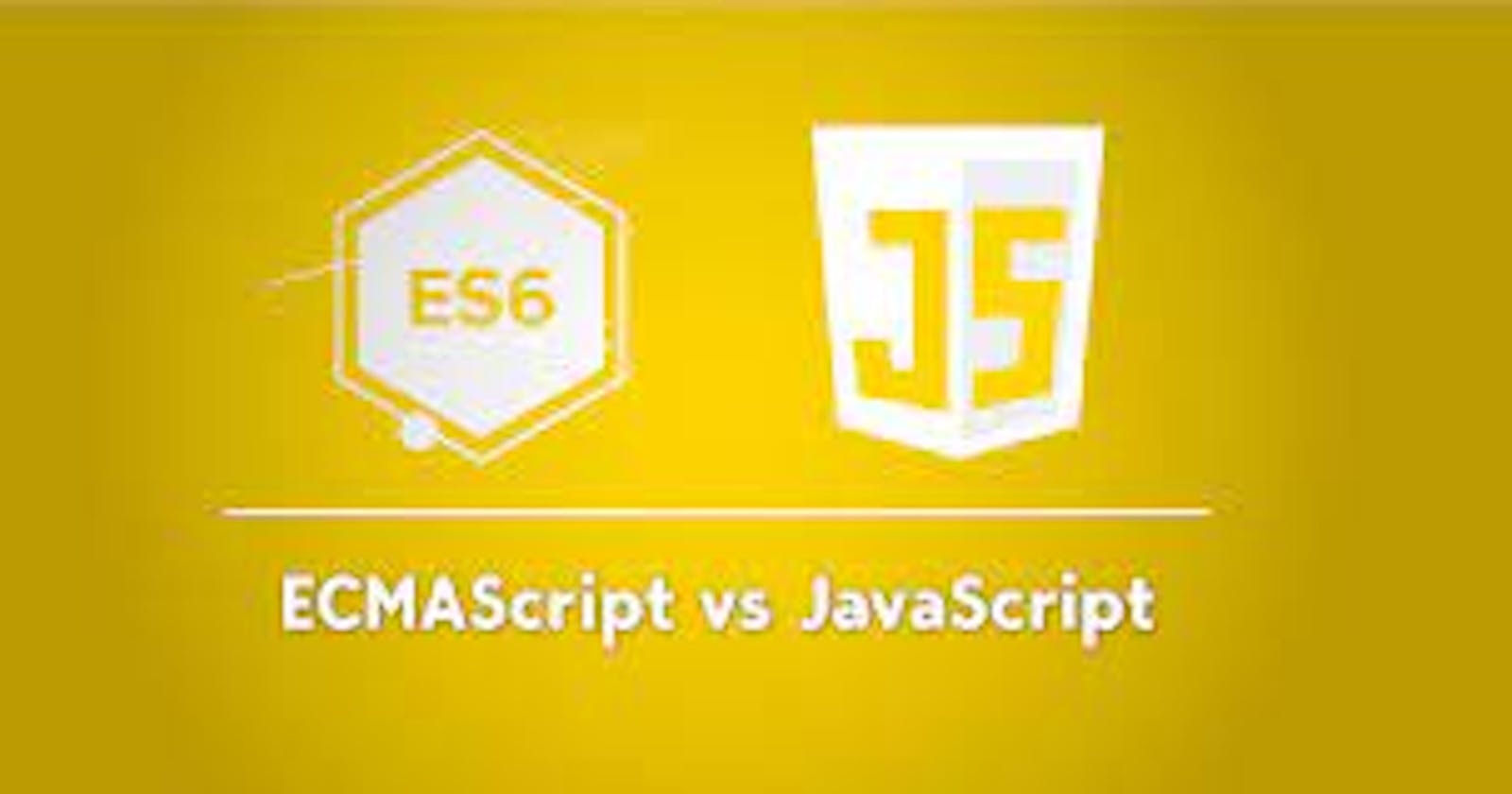History of JavaScript and EcmaScript.
Explanation on History of JavaScript and EcmaScript.
What is JavaScript?
o. A scripting language that allows you to implement complex features on web pages.
o. It enables you to update content dynamically, control multimedia, animate images and much more.
o. We use HTML to structure our webpage and give meaning to our web content, CSS to apply styling to our HTML content and JavaScript to add behaviour aspects and to make the pages interactive.
History of JavaScript?
JavaScript was invented by Brendan Eich in 1995.
It was developed for Netscape 2 and became the ECMA-262 standard in 1997.
Initially known as LiveScript, Netscape changed the name to JavaScript so they could position it as a companion for the java language, a product of their partner, Sun MicroSystems.
During the earliest releases it suffered from notable performance and security issues, but developers had no alternatives.
In 2008, the creation of Google's open-source Chrome V8, a high-performance JavaScript Engine provided a crucial turning point for JavaScript.
Ryan Dahl released an open-source, cross-platform environment called Node.js . It provided a way to run JavaScript code from outside a browser.
It freed JavaScript i.e. from the browser's confines and can be used for developing high-end web apps, apps etc.
Nowadays, most major online companies today, including Facebook, Twitter, Netflix, and Google all use JavaScript in their products.
History of EcmaScript?
ECMAScript specification is a standardized specification of a scripting language developed by Brendan Eich in 1995 initially its name was Mocha later changed to LiveScript and finally JavaScript.
The name “ECMAScript” was a compromise between the organizations involved in standardizing the language, especially Netscape and Microsoft.
The inventor Eich commented that “ECMAScript was always an unwanted name that sounds like a skin disease”.
